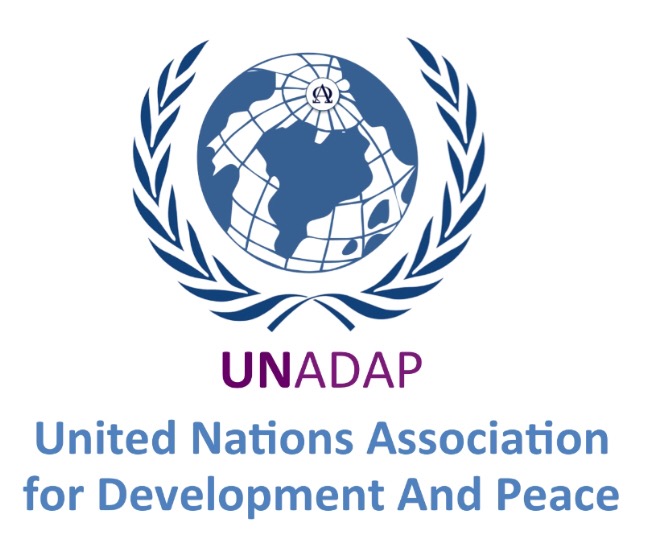Death's related to rising global temperature, Paris Agreement | Dr. Xerxes, UNADAP Advisor
- UNADAP | United Nations
- Dec 1, 2022
- 2 min read

The Paris Agreement came into force in November 4, 2016 as part of the landmark agenda of the United Nations Framework Convention on Climate Change (UNFCCC) [1], which aims to address the detrimental effects of climate change globally and particularly providing assistance to climate-vulnerable countries. The changing climate poses risks to human society, particularly the health risks associated with the increasing temperature [2,3]. According to previous studies, there is an expected net increase in temperature-related deaths in the future [2], with additional deaths due to heatwaves [4]. With the impending risks to life brought upon by the increasing temperature, there is a resounding need to enforce whether achieving the 1.5℃ and 2℃ targets of the Paris Agreement would result to reduction of temperature-related risks.
A recent multi-city, multi-country study [5] has indicated that limiting below the 2℃ target could prevent large increases in temperature-related mortality in regions worldwide. Cold related deaths are expected to decrease across the countries included in the study, while heat related deaths were foreseen to increase with a 0.5℃ increase (from 1.5℃ vs 2℃). The study highlights the vulnerability of developing countries in the Southeast Asian region, Viet Nam and the Philippines, which will experience the largest increase in heat-related deaths.
“Currently, we are on a trajectory to reach over 3 degrees Celsius of warming, and if this trend continues there would be serious consequences for health in many parts of the world,” according to the co-author Antonio Gasparrini, from the London School of Hygiene and Tropical Medicine (LSHTM) [6].
Heat-related deaths in South European and Southeast countries, included in the study, were expected to increase by at least 1% with the 0.5℃ difference. Just imagine if there were at least 100,000 expected deaths due to 1.5℃, then we would expect an increase of 1,000 additional deaths due to the additional 0.5℃ increase. These additional deaths means a lot, especially when these deaths are meant to be preventable.
Lead author Ana Maria Vicedo-Cabrera (also from LSHTM) expresses that though “evidence so far suggests that we are adapting to heat, so we expect that in the future, maybe, the mortality risk due to temperatures could be lower compared to today, but still it’s not clear” [6]. Though insightful, there are still uncertainties which confront the results, which may include demographic and economic factors, as well as adaptation.
These results provide a quantifiable outlook at the Paris Agreement target, which further reiterates the strong sense of commitment to enforce the below the 2℃ Paris Agreement target.
References
1. UNFCCC. The Paris Agreement. 2016. Accessed September 16, 2018.
2. Gasparrini A, Guo Y, Sera F, et al. Projections of temperature-related excess mortality under climate change scenarios. Lancet Planet Health. 2017;1(9):e360-e367.
3. Guo Y, Gasparrini A, Armstrong BG, et al. Heat Wave and Mortality: A Multicountry, Multicommunity Study. Environ Health Perspect. 2017;125(8):087006.
4. Guo Y, Gasparrini A, Li S, et al. Quantifying excess deaths related to heatwaves under climate change scenarios: A multicountry time series modelling study. PLoS Med. 2018;15(7):e1002629.
5. Vicedo-Cabrera AM, Guo Y, Sera F, et al. Temperature-related mortality impacts under and beyond Paris Agreement climate change scenarios. Climatic Change. 2018.
6. Rising temperatures will mean more deaths globally, say scientists [press release]. Thomson Reuters Foundation2018.
Written By,
Dr. Xerxes T Seposo, ADVISOR for Climate Action and Policy Making - UNADAP






Comments